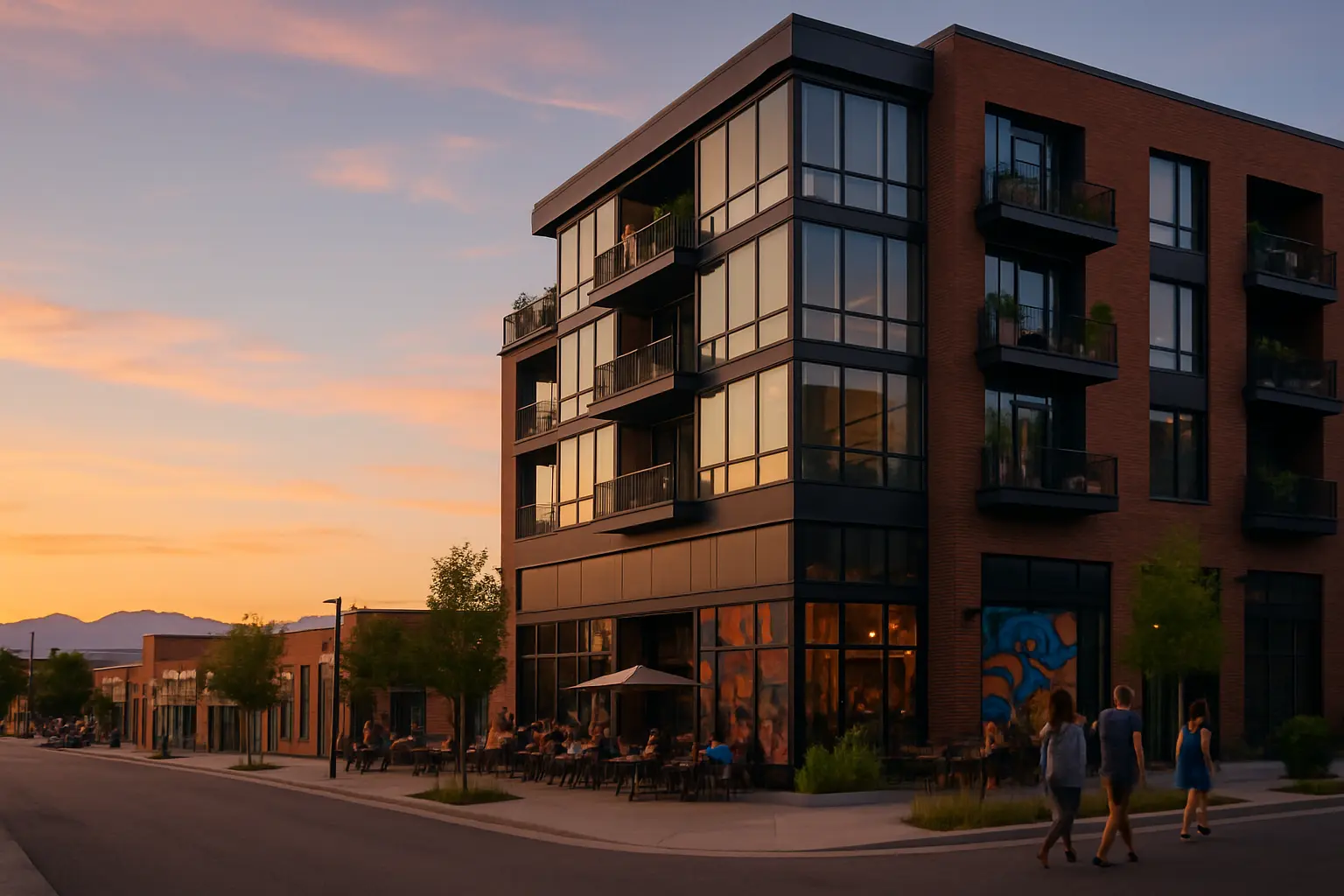Mile-High Living: The Hidden Gems of Denver's Multi-Use Properties
Discover how Denver's unique residential and mixed-use properties are revolutionizing the way people live and invest in Colorado's capital.

The Evolution of Denver's Real Estate Landscape
Denver's skyline tells a story of transformation. Once dominated by traditional single-purpose buildings, the Mile-High City has evolved into a hub of innovative multi-use developments that seamlessly blend residential, commercial, and community spaces. This architectural renaissance reflects a deeper shift in how urban dwellers view their living spaces and investment opportunities.
The Rise of Multi-Purpose Properties
In the heart of Denver, a revolution in real estate is taking place. Property owners and investors are discovering the untapped potential of combining residential and commercial spaces under one roof. These versatile properties offer unique advantages that traditional single-use buildings simply can't match.
Key Benefits of Multi-Use Properties
- Income Diversification: Property owners can generate revenue from both residential and commercial tenants
- Lifestyle Enhancement: Residents enjoy convenient access to shops, restaurants, and services
- Community Building: Mixed-use developments naturally create vibrant, walkable neighborhoods
- Sustainability: Reduced transportation needs and more efficient use of urban space
Top Denver Neighborhoods Leading the Mixed-Use Revolution
River North Art District (RiNo)
Once an industrial area, RiNo has transformed into a creative hub where converted warehouses now house artist lofts above galleries, and former factories have become residential spaces with ground-floor breweries. The neighborhood exemplifies how multi-use properties can preserve historical character while embracing modern functionality.
Lower Highlands (LoHi)
LoHi stands as a testament to successful urban renewal, where Victorian-era homes coexist with modern mixed-use developments. The neighborhood has become a model for integrating residential spaces with boutique retail and dining establishments.
"Denver's multi-use properties aren't just buildings; they're ecosystems that foster community, creativity, and economic growth," notes a prominent local real estate developer.
Cherry Creek
This upscale district showcases how luxury residential units can thrive alongside high-end retail spaces. Recent developments have introduced innovative concepts like resident-only rooftop amenities above public commercial areas.
Investment Opportunities and Market Trends
The market for multi-use properties in Denver shows promising growth potential. Investors are particularly attracted to:
- Adaptive Reuse Projects: Converting existing structures into mixed-use developments
- Transit-Oriented Developments: Properties near light rail stations and transportation hubs
- Micro-Communities: Small-scale developments that serve specific neighborhood needs
Conclusion: The Future of Denver Real Estate
Denver's multi-use properties represent more than just a real estate trend; they're shaping the future of urban living in the Mile-High City. For investors and residents alike, these versatile spaces offer unique opportunities to participate in the city's growing economy while enjoying the benefits of integrated urban living.
Whether you're a potential investor or someone seeking a dynamic living environment, Denver's multi-use properties provide an exciting glimpse into the future of urban development. As the city continues to grow, these innovative spaces will likely play an increasingly important role in shaping communities and creating value for all stakeholders.


